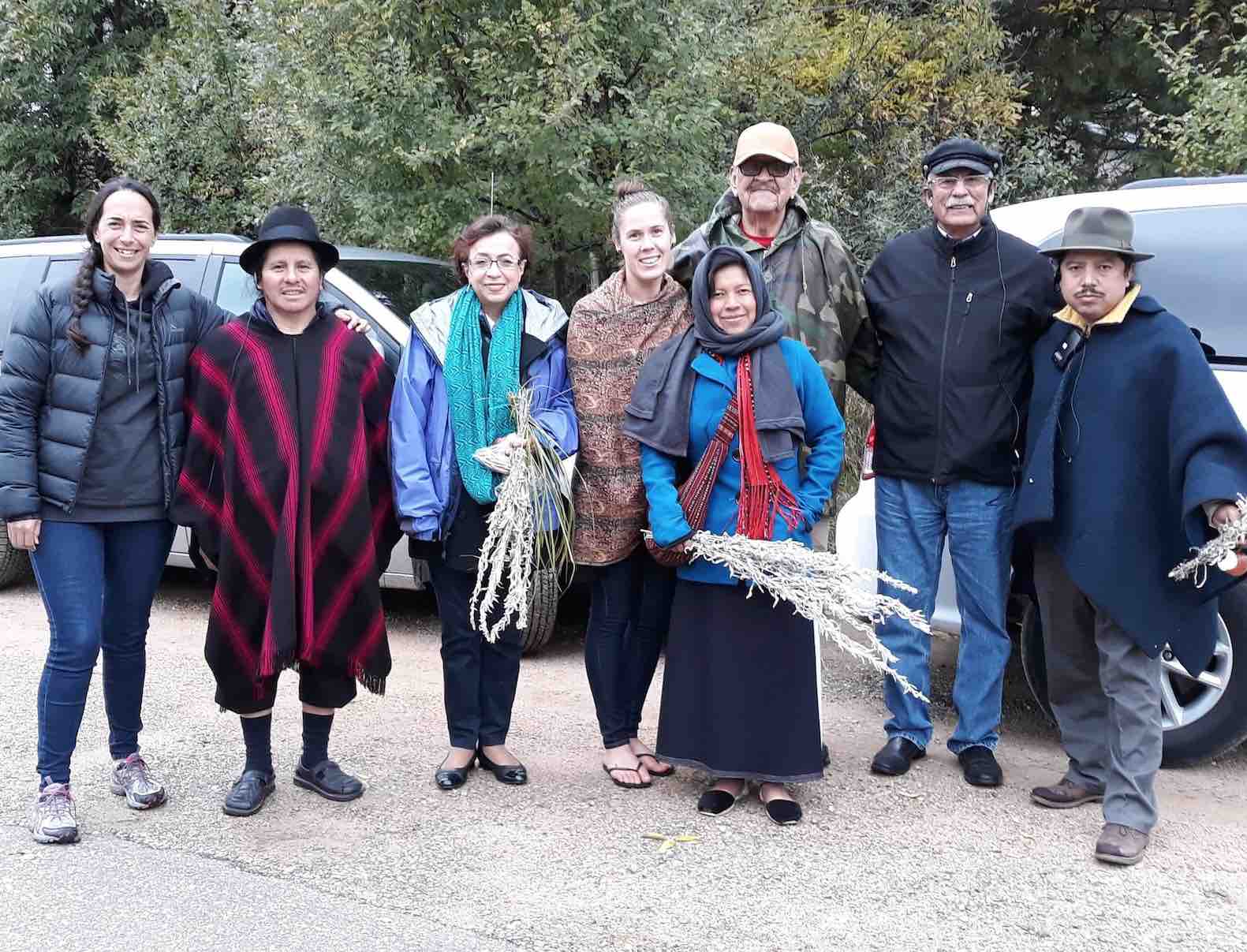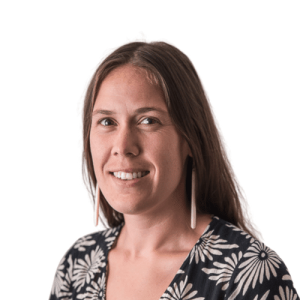“Waipunarangi is my dining hall”. I cannot remember many times that I have walked into Waipunarangi and not been met with the distinct aroma of kānga pirau (fermented corn) brewing away in the kitchen. As a child I had always wondered where this kai came from and why anyone would be compelled to eat something that smelled so bad. So as a 4th year university student studying Human Nutrition, I decided to base my honours dissertation on kānga pirau. As well as finding out that kānga pirau is in fact pretty good for you (until you add the sugar and cream), I explored the whakapapa of this not-so-traditional Māori delicacy and its origins – the Americas. This is just one of many reasons that at the beginning of the year when Mindy Kurzer, the Director of Healthy Food, Healthy Lives Institute, and Professor of the Department of Food Science and Nutrition at the University of Minnesota, visited Te Puna Ora o Mātaatua, I jumped at the chance to meet her and talk “corn”.
As a result of that discussion, I was invited to The Third Annual Conference on Native American Nutrition in Minneapolis in September this year.
Pre-conference tours
The trip consisted of two main parts – the pre-conference tours in and around Minneapolis and also the Native American Nutrition conference, which was based out at Mystic Lake Casino Hotel, owned and operated by the Shakopee Mdewakanton Sioux reservation. The pre-conference tours had been organised by the University of Minnesota for international guests attending the conference to gain some insight into the context of indigenous food systems in the area. We (another Māori nutritionist and group from Ecuador) visited a number of sacred sites, museums, seed banks, traditional medicinal gardens, and even went fishing on one of the lakes in the area. We learnt about the traditional practices of harvesting and preparing wild rice, tapping for maple, three sisters planting (squash, corn and beans) and heard many stories about what is considered the four main medicinal plants of the area – sage, cedar, tobacco and sweetgrass.
This opportunity to make meaningful contact with the whenua (land) and the people of that land allowed us to gain significant insight into how similar the Native American and Māori cultures are in terms of both the spiritual and physical connection to land, plants, animals and ultimately food.
This set the scene for the kōrero that was to be shared at the conference.

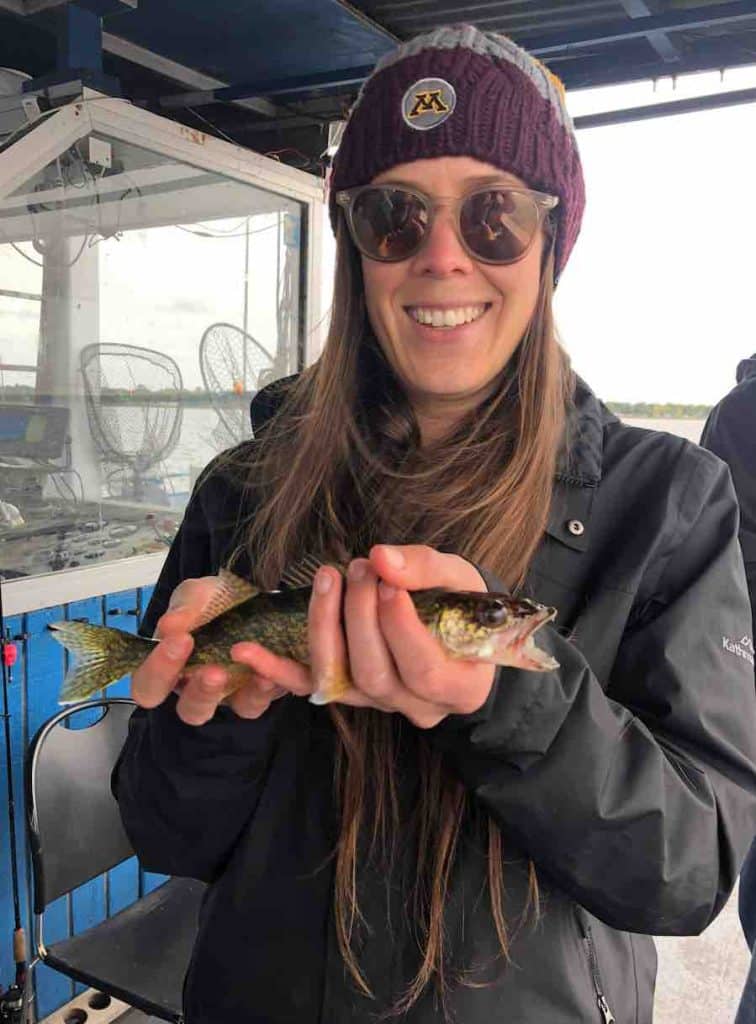
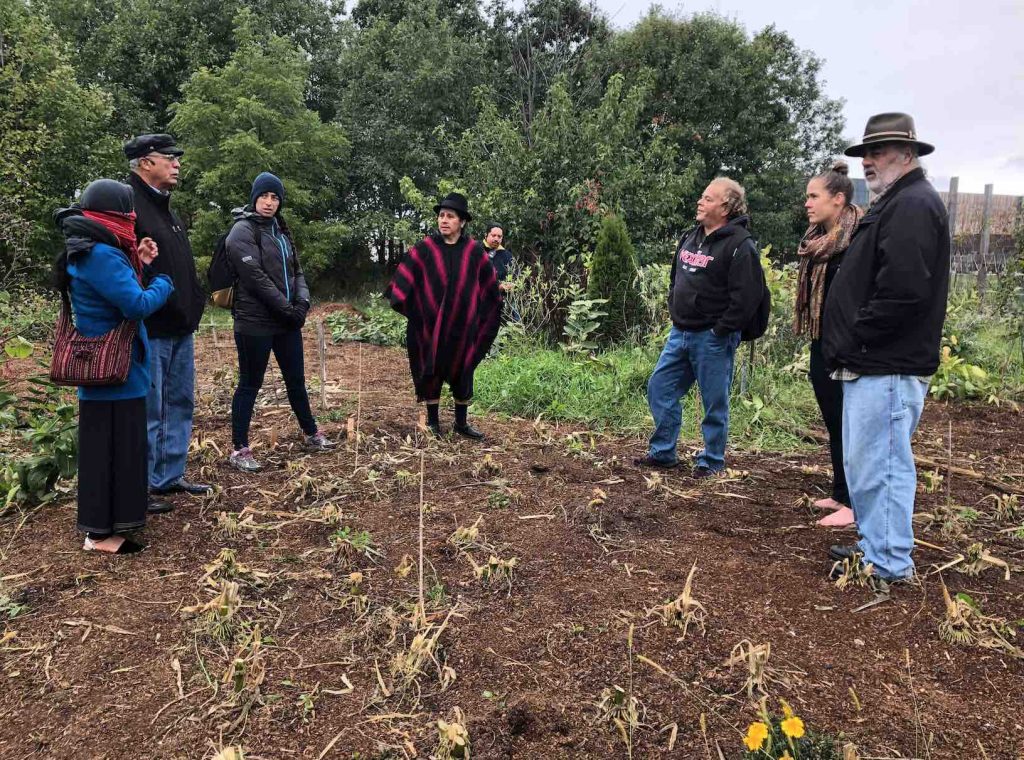
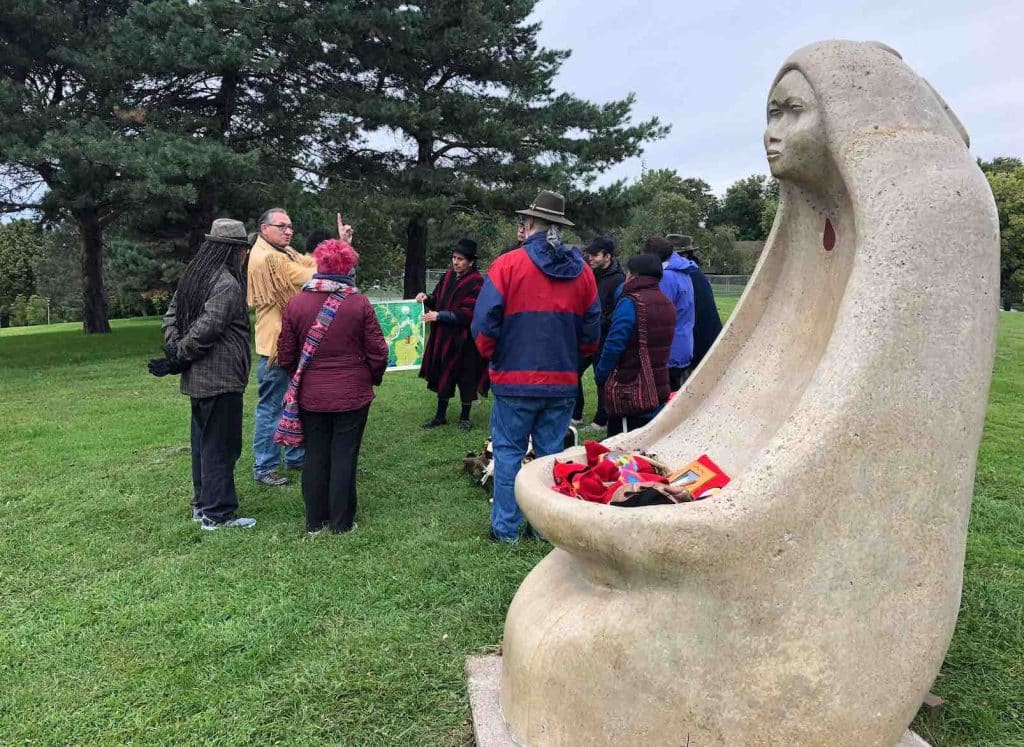
The Third Annual Conference on Native American Nutrition
Although the presentation topics were vast, the common thread that wove every speaker together at the Conference on Native American Nutrition was the historical and cultural context in which indigenous inequities of nutrition-related disease has arisen.
Similar to Māori, the American continent’s indigenous people were healthy and lived off the land, seas and waterways and maintained a profound spiritual connection to the environment in order to sustain generations.
However, as a result of colonisation, tribal nations were disconnected from their homelands, and subsequently lost touch with ancient knowledge and wisdom in subsistence living. Government rations laden in fat and salt replaced healthy, traditional foods and continue to be staples in many Native American diets today. The behavioural and genetic expression of such traumatic historical events has ultimately manifested in extreme poverty and poor or inadequate diet. The result for indigenous peoples is some of the world’s worst health outcomes.
Important work to solve the issues of Native American nutrition has already begun and was demonstrated every day throughout the conference. It became obvious that there is now a global movement in indigenous communities towards regaining control over food systems as a way of reversing these health inequities. This is what the Native American Nutrition conference was all about – bringing people together to share their research, initiatives and projects that aim to help native communities reconnect to the land, rediscover growing practices in tune with the environment, revitalise rich cultural traditions and reverse the tide of unhealthy eating in indigenous communities.

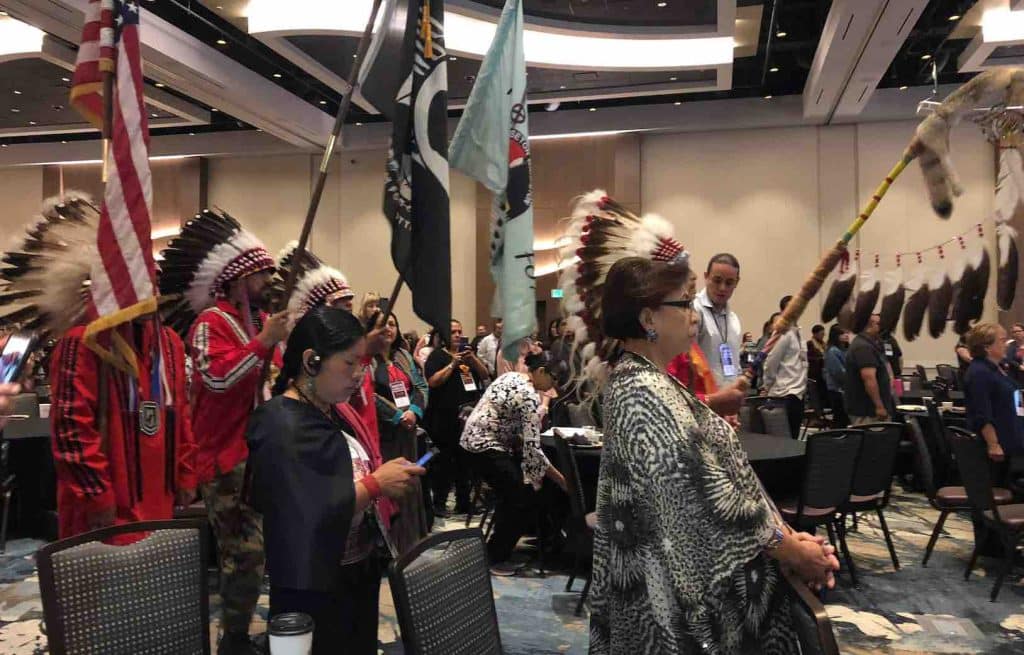
Dream of Wild Health – Sewing Seeds for Future Generations
One of the many great initiatives that were presented at the conference is called Dream of Wild Health, an intertribal, non-profit organisation that provides educational programs that reconnect the urban Native American community within the Minneapolis-Saint Paul area with traditional native plants and their culinary, medicinal and spiritual use. Ernie Whiteman, the Cultural Director of Dream of Wild Health, talked about how Dream of Wild Health own a 10 acre farm and use it to run youth programmes that teach indigenous youth about gardening, cooking, and culture while developing job and leadership skills. They also run “Indigenous Food Share”, which is a community-supported agriculture model where consumers within the community can subscribe to the harvest of the farm. The overall aim of this initiative is to improve access to affordable, healthy and traditional foods while also imparting traditional knowledge systems pertaining to food into younger generations.
As part of the pre-conference tours we were able to visit the Dream of Wild Health Farm and see first-hand the work that this amazing non-profit organisation is doing with not only restoring the mauri of the land and increasing food security in the local communities, but also reconnecting youth to the ancient knowledge of their ancestors and how to be self-sustainable.
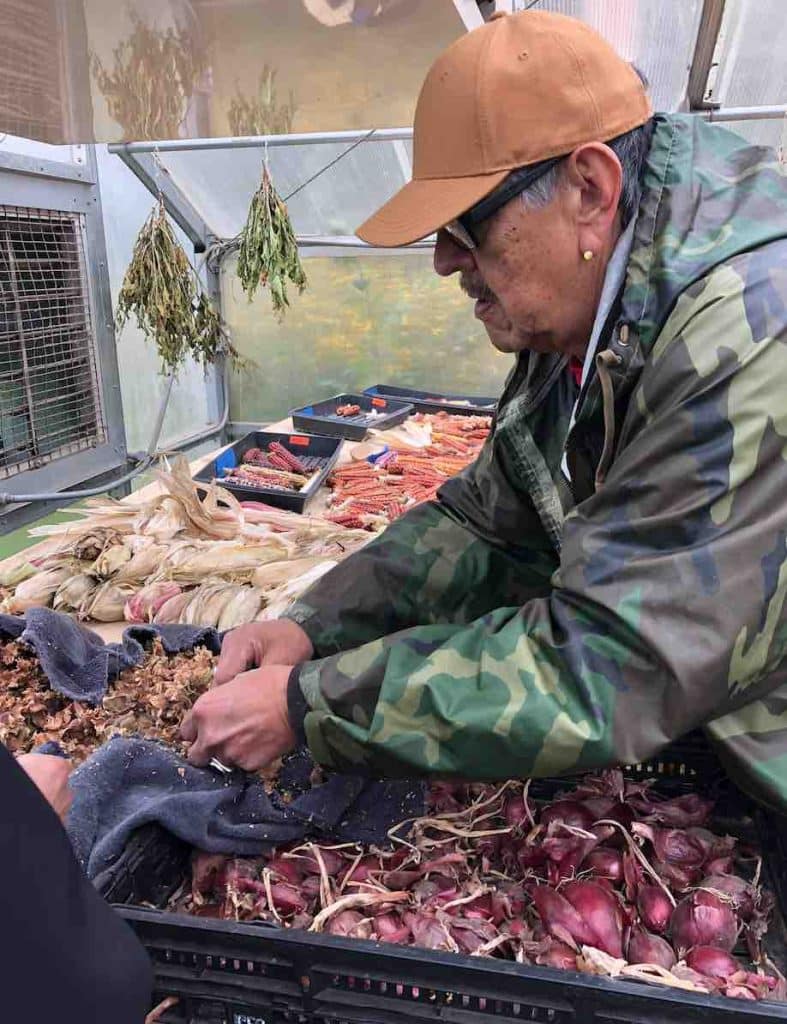

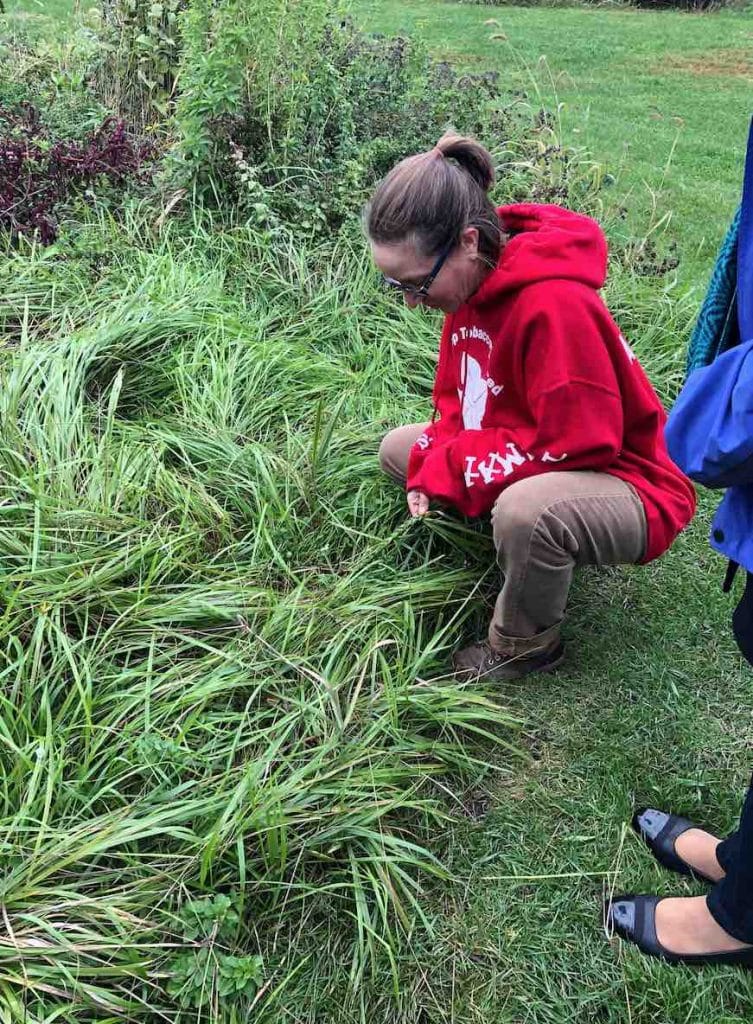
Healing from Historical Trauma
Another key theme that arose throughout the conference was the role that historical trauma plays in indigenous health inequities. Karina Walters of the Indigenous Wellness Research Institute at the University of Washington spoke about how historical trauma, such as disconnection from tribal lands, can become embodied in risk behaviours that may play a significant role in present-day health inequalities that we see in a number of indigenous communities around the world. Furthermore, epigenetic research has found that exposure to environmental trauma can not only intergenerationally manifest through behaviour, but also be genetically passed down to affect the physical gene makeup of a descendent.
Despite the ongoing expression of historical trauma throughout generations, Karina explained that there is opportunity to begin to heal and reverse the symptoms of epigenetic changes. Acknowledgement, validation and use of indigenous knowledge systems are the key for this to occur. and cultural knowledge need to be the foundation of all health or nutrition interventions moving forward.
In Karina’s words, “you can’t just add indigenous and stir”, rather it is critical that we identify health promotion approaches rooted in the strength of tribal knowledge and vision of life, wellness and health.
To me, this highlighted the importance of indigenous, or more specifically to Aotearoa, kaupapa Māori health providers, projects and initiatives in improving health outcomes in Māori.
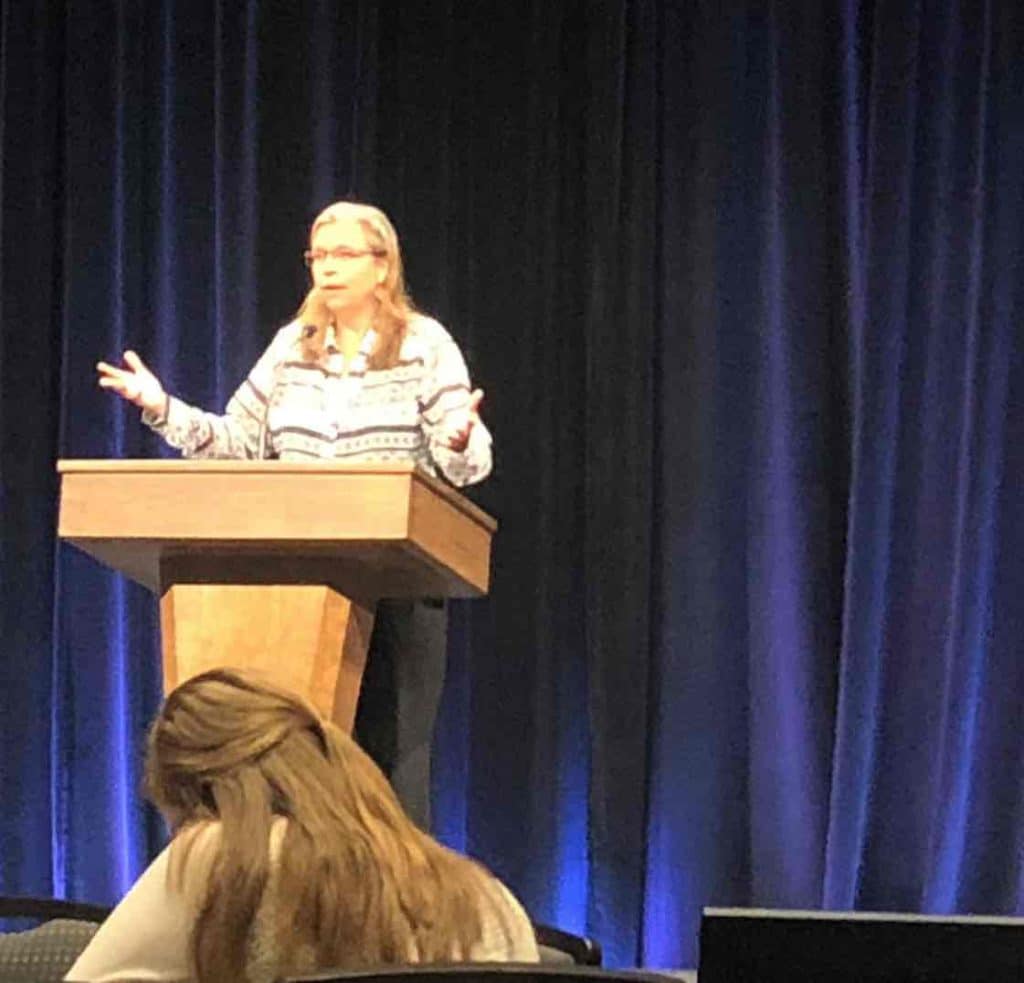
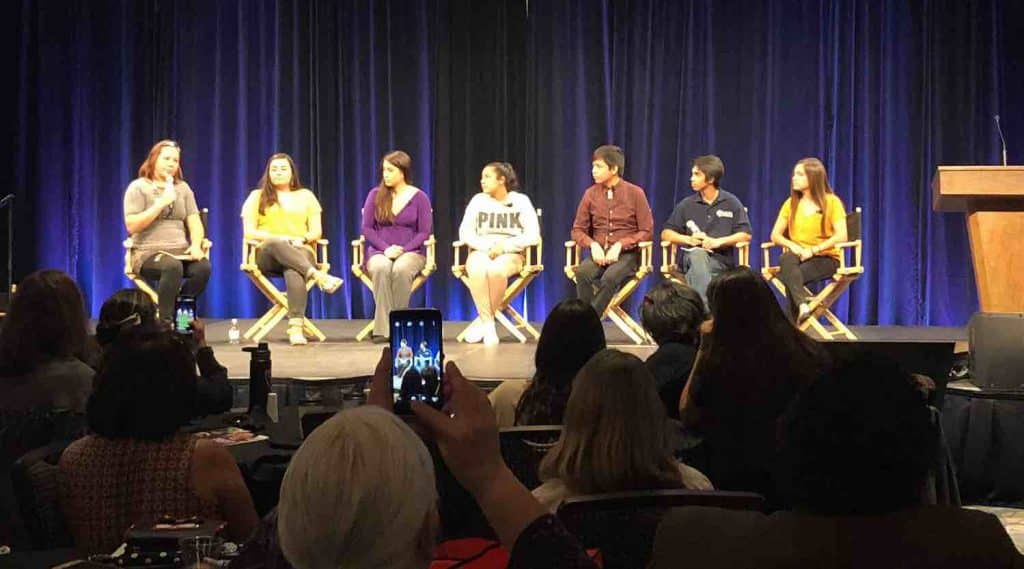

The Sioux Chef – Revitalising Native American Cuisine
The work that Sean Sherman, who was the first keynote speaker of the conference, is doing is a great example of how this can successfully be done through food. For over 30 years Chef Sean has researched and engaged in indigenous farming techniques, wild food foraging, land stewardship, hunting and fishing, food preservation, elemental cooking techniques and Native American food culture, history and migration in order to gain a full understanding of how he can contribute to reviving traditional food practices in a modern-day context. As a result of this research, Sean founded a non-profit organisation called Sioux Chef, which is a collective of chefs, ethnobotanists, food preservationists, adventurers, foragers, caterers, indigenous elders, and food lovers who are committed to the revitalisation and awareness of indigenous food systems.
The Sioux Chef initiative was built on an indigenous food system model that was created using the traditional Native American medicine wheel as a foundation which identifies 4 key steps to understanding the foundation of indigenous foods systems:
1. Removal of colonized thought
2. Reconnect spiritually, mentally, physically with the natural world
3. Understand and build indigenous foundations
4. Regain, retain, share, practice knowledge
Sioux Chef use this model to guide all of their projects and initiatives. One of which is delivering cooking demonstrations and workshops to indigenous communities, youth and families around the country to educate them on how they can source food from the environment and use traditional harvesting, preserving and cooking techniques to create delicious, affordable and nutrient dense foods.
The ultimate goal is for families to be able to live sustainably, improve their health and become more connected to their culture through food.
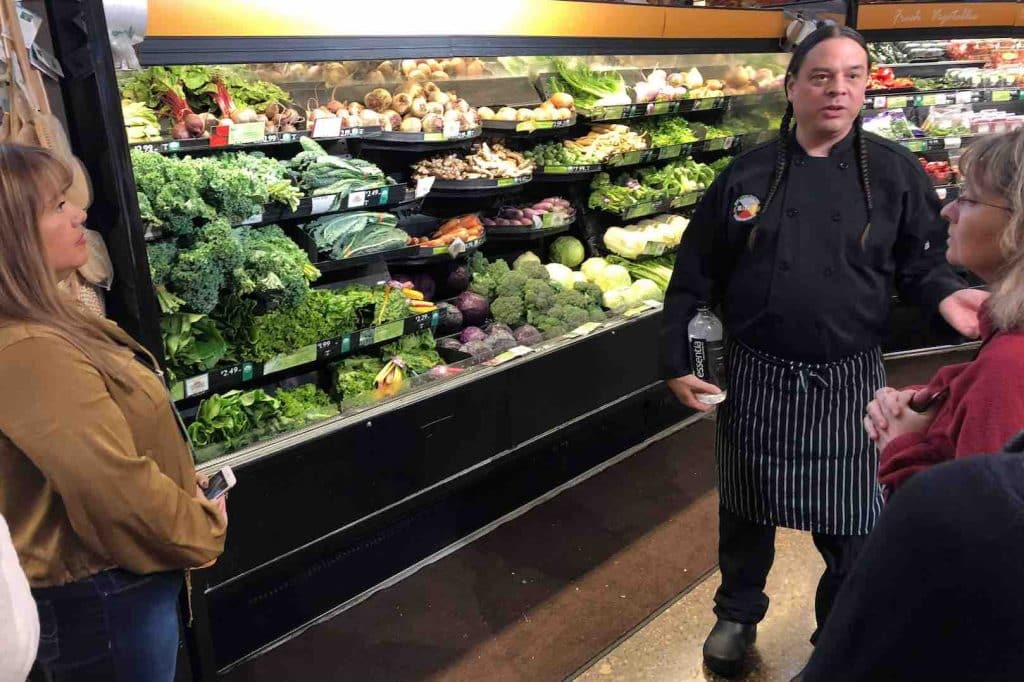
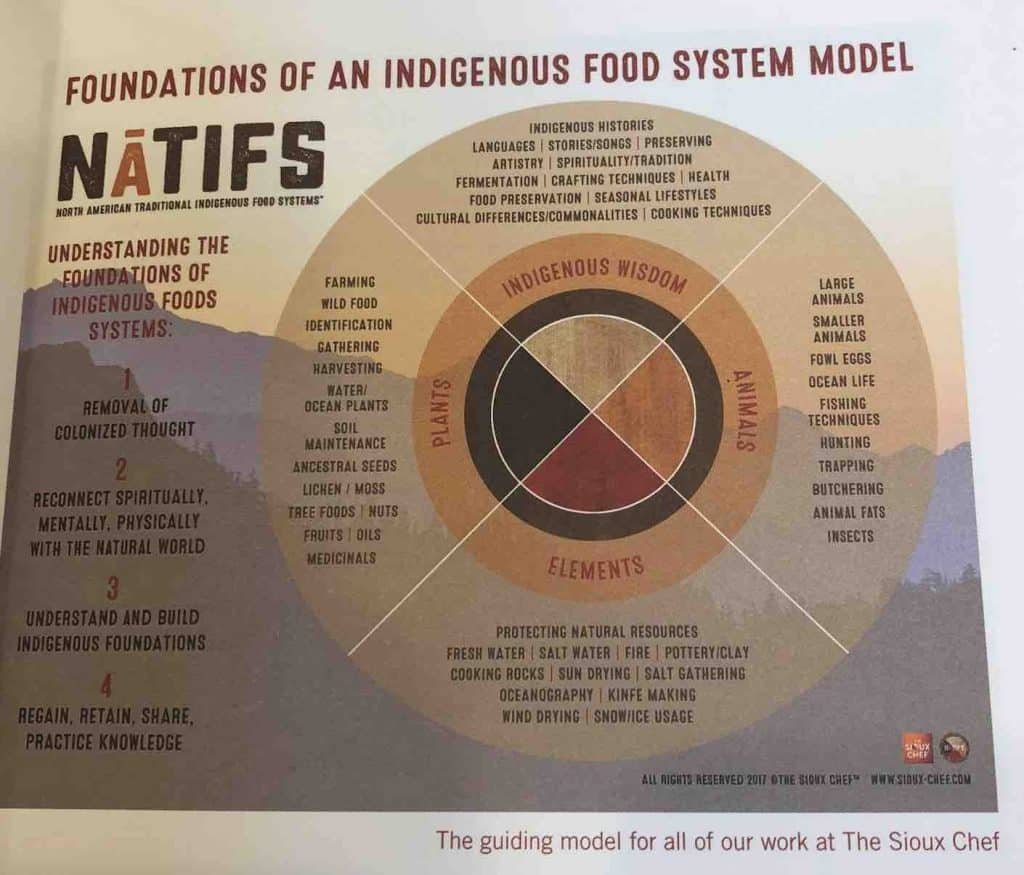
The Third Annual Conference on Native American Nutrition was both awe-inspiring and scary. Inspiring because of all the amazing examples of successful indigenous initiatives (a lot of which involve corn) that people are engaged in to make significant change to indigenous nutrition. But also scary because of the maunga that I have come to realise that I am yet to climb in my role as a Nutritionist and Whānau Ora Kaiārahi to make a meaningful impact in this space. There are already a number of innovative kaupapa Māori initiatives aimed at improving Māori nutrition and well-being, however more needs to be done. The kōrero and wairua that I heard and felt planted a lot of seeds in me that I need to grow to better contribute and add to the amazing puna of kaupapa that are out there. What will encourage me to continue along this path is knowing that as Māori we already have all of the tools and that it’s just a matter of re-learning how to use them. As Karina Walters stated – “People talk about how we have lost our language, lost our culture and lost our traditions. No we haven’t! We are the ones who have become lost and displaced. But as long as we have the sun, water and earth, we still have access to the answers – we just need to sit still enough to listen.”

